The Queen of the Andes, scientifically known as Puya raimondii, reigns as the largest bromeliad in the world, towering over 30 feet and captivating all who encounter its grandeur. This remarkable plant, native to the high-altitude regions of the Andes Mountains in South America, not only exemplifies natural beauty but also boasts an extraordinary life cycle that adds to its allure.
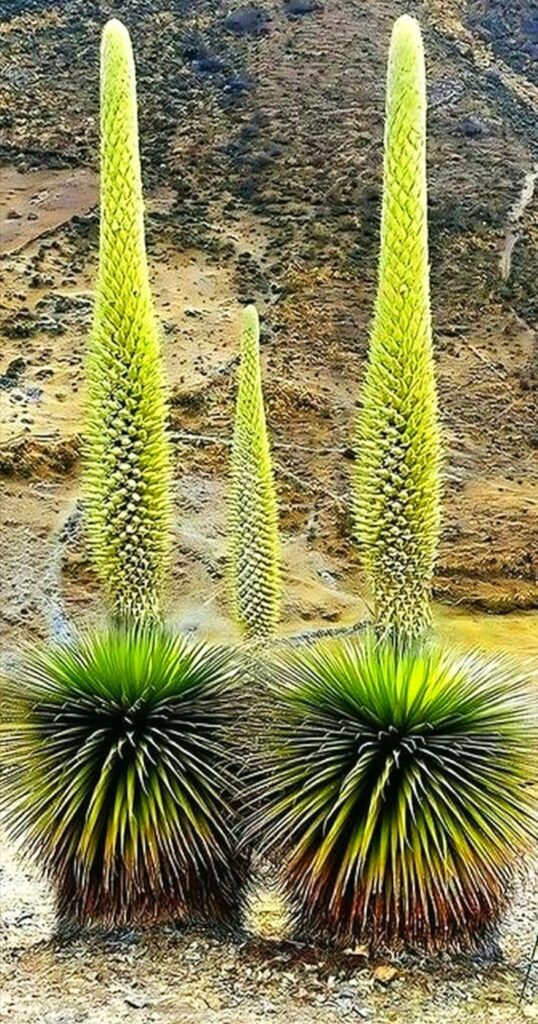
One of the most striking features of the Queen of the Andes is its astonishing blooming pattern. Unlike most plants that bloom regularly, this unique bromeliad defies convention, flowering only once every century. This rare event imbues the plant with a sense of mystique, as enthusiasts and nature lovers eagerly await the moment when it bursts into a breathtaking display of vibrant color. The anticipation surrounding its bloom is palpable, transforming the event into a highly celebrated occasion.
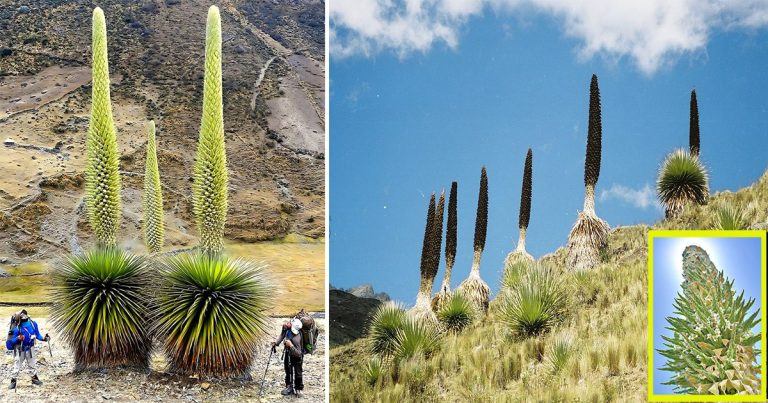
When the moment finally arrives, the Queen of the Andes produces an impressive flowering spike that can reach a staggering 30 feet in height. This spike is adorned with an array of tubular-shaped flowers in dazzling shades of purple, pink, yellow, and green. The vibrant hues against the stark backdrop of the Andean landscape create a breathtaking spectacle that attracts pollinators, including hummingbirds and bees, further enriching the ecological tapestry of its habitat.
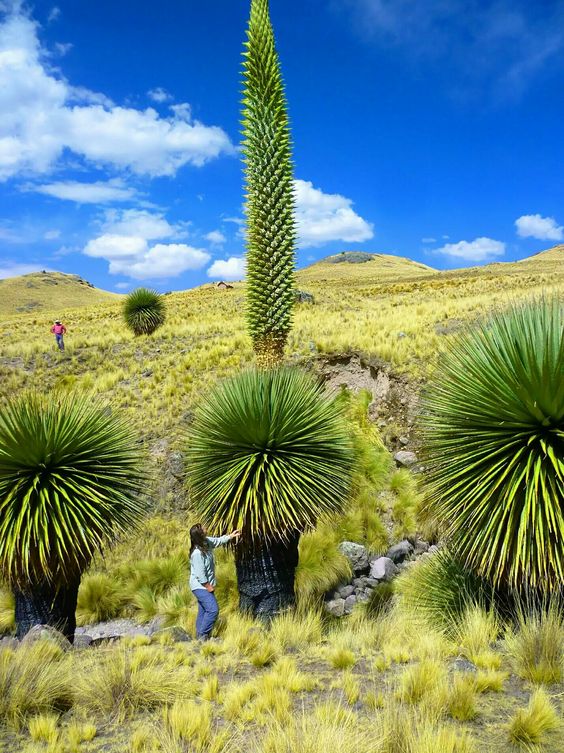
The life cycle of the Queen of the Andes serves as a testament to nature’s resilience and adaptability. It takes approximately 80 to 150 years for the plant to reach maturity and prepare for its momentous bloom. During this lengthy period, the plant develops a large rosette of thick, spiky leaves, which not only protect it from harsh weather conditions and herbivores but also enhance its majestic presence. These leaves can extend up to six feet in length, contributing to the grandeur of this extraordinary species.
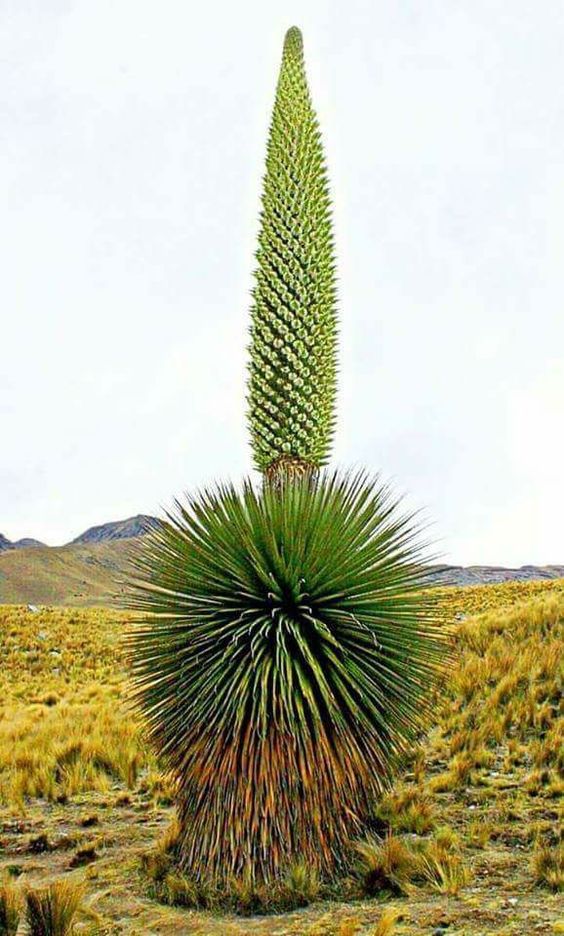
Once the Queen of the Andes completes its once-in-a-century flowering cycle, it enters a fascinating phase of life. The flowering spike produces thousands of tiny seeds, ensuring the survival and propagation of the species. After dispersing its seeds, the plant completes its life cycle, leaving behind a legacy of beauty and wonder.
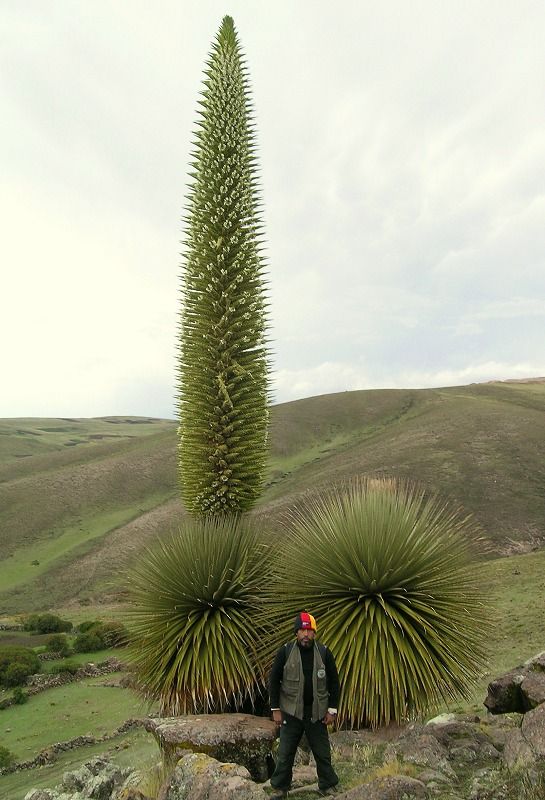
Unfortunately, the Queen of the Andes faces significant threats to its survival in its natural habitat. Climate change, habitat destruction, and illegal collection for horticultural purposes pose considerable challenges to the conservation of this exceptional species. In response, efforts are underway to protect and preserve the Queen of the Andes, including the establishment of protected areas and initiatives aimed at raising awareness about its ecological significance.
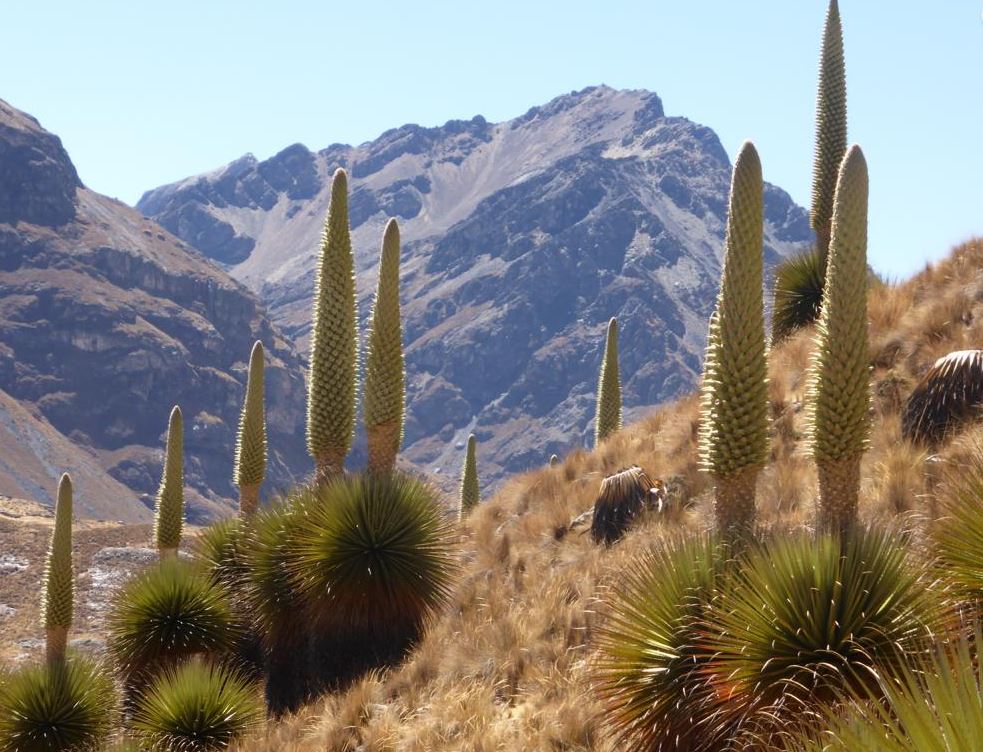
The Queen of the Andes stands as a powerful reminder of the incredible diversity and marvels within the natural world. Its rare blooming cycle and towering stature encapsulate the essence of nature’s splendor. As we strive to ensure the survival of this remarkable bromeliad, we must also recognize the importance of cherishing and preserving the biodiversity that surrounds us. Ultimately, the Queen of the Andes symbolizes the breathtaking beauty and fragility of our planet, urging us to become responsible stewards of the natural world.





